Home>Gardening & Outdoor>Landscaping Ideas>How To Prep Soil For Grass


Landscaping Ideas
How To Prep Soil For Grass
Published: January 25, 2024
Learn the best landscaping ideas for prepping soil for grass and creating a lush, healthy lawn. Discover expert tips for soil preparation and grass planting to achieve stunning results.
(Many of the links in this article redirect to a specific reviewed product. Your purchase of these products through affiliate links helps to generate commission for Storables.com, at no extra cost. Learn more)
Introduction
Welcome to the world of landscaping! Whether you’re a seasoned gardener or a novice looking to transform your outdoor space, preparing the soil for grass is a crucial first step in achieving a lush and healthy lawn. The process of prepping the soil sets the foundation for successful grass growth, ensuring that your green space thrives for years to come. In this comprehensive guide, we’ll delve into the essential steps for preparing your soil, from understanding its composition to implementing soil amendments and proper fertilization techniques. By the end of this article, you’ll be equipped with the knowledge and confidence to create the optimal environment for a vibrant and resilient grassy landscape.
Key Takeaways:
- Understand your soil’s composition, pH level, and drainage capacity before prepping for grass. Conduct a soil test to tailor your soil preparation to your lawn’s specific needs.
- Clear the area, address soil deficiencies with amendments, and level the soil for even grass growth. Fertilize strategically to support robust root development and long-term lawn vitality.
Read more: How To Loosen Soil For Grass
Understanding Your Soil
Before embarking on your soil preparation journey, it’s essential to gain a deep understanding of the soil in your yard. Soil composition can vary significantly from one location to another, impacting its ability to support healthy grass growth. The three primary components of soil are sand, silt, and clay, each with distinct properties that influence drainage, aeration, and nutrient retention. By assessing the composition of your soil, you can tailor your preparation efforts to address its specific characteristics.
Furthermore, understanding the pH level of your soil is crucial, as it directly affects nutrient availability to your grass. Most grass species thrive in soil with a pH range of 6.0 to 7.0. Conducting a simple pH test using a soil testing kit will provide valuable insights into whether your soil requires amendments to achieve the optimal pH for grass growth.
Additionally, consider the soil’s drainage capacity. Poorly drained soil can lead to waterlogged conditions, suffocating grass roots and promoting disease. Conversely, excessively sandy soil may struggle to retain moisture and nutrients, posing challenges for sustained grass health. By comprehending these fundamental aspects of your soil, you can tailor your soil preparation approach to address its unique characteristics, setting the stage for a thriving lawn.
Soil Testing
Conducting a thorough soil test is a critical step in preparing your soil for grass. This process provides valuable insights into the nutrient levels, pH balance, and overall composition of your soil, guiding you in making informed decisions about necessary amendments and fertilization strategies. Soil testing kits are readily available at garden centers and online retailers, offering a user-friendly means of assessing your soil’s properties.
When collecting soil samples for testing, it’s essential to gather multiple samples from various areas of your yard to account for potential differences in soil composition. Using a trowel or soil probe, extract samples from the topsoil down to around six inches deep, ensuring that the samples are representative of the entire area where you plan to establish your grass. Once collected, combine the samples in a clean container and allow them to air dry before sending them to a reputable soil testing facility.
Upon receiving the test results, pay close attention to the pH level and nutrient concentrations indicated. If the pH falls outside the optimal range for grass growth, consider incorporating lime to raise the pH or elemental sulfur to lower it, based on the specific recommendations provided in the test results. Additionally, the test may reveal deficiencies in essential nutrients, such as nitrogen, phosphorus, and potassium, which can be addressed through targeted fertilization and soil amendment efforts.
By investing the time and effort in conducting a comprehensive soil test, you can tailor your soil preparation endeavors to the precise needs of your lawn, promoting optimal grass health and resilience. This proactive approach sets the stage for a thriving and vibrant grassy landscape, laying the groundwork for long-term enjoyment and beauty in your outdoor space.
Clearing the Area
Before diving into the soil preparation process, it’s essential to clear the designated area of any debris, vegetation, or obstacles that may impede the establishment of healthy grass. Begin by removing any existing grass, weeds, and plants from the site. This can be accomplished through manual methods such as hand-pulling or by utilizing gardening tools like a shovel or a sod cutter for larger areas. Ensuring that the area is free from unwanted vegetation sets the stage for a clean and receptive environment for your new grass to take root.
Furthermore, take the time to address any rocks, roots, or other debris that may be present in the soil. Clearing the area of these obstructions not only promotes even grass growth but also facilitates the subsequent soil preparation steps, such as tilling and leveling. By meticulously clearing the site, you create a blank canvas for your grass to thrive, free from potential hindrances that could impede its establishment and long-term health.
If you’re dealing with particularly compacted soil or persistent weeds, consider employing environmentally friendly weed control methods or organic herbicides to prevent unwanted plant growth from competing with your newly seeded or sodded grass. By taking the time to clear the area thoroughly, you set the stage for a successful soil preparation process, laying the groundwork for a vibrant and resilient lawn that will enhance the beauty of your outdoor space.
Soil Amendments
Once the area is cleared, it’s time to assess the soil composition and address any deficiencies or imbalances through targeted soil amendments. Soil amendments play a pivotal role in enhancing the soil’s structure, nutrient content, and overall suitability for healthy grass growth. Common soil amendments include organic matter, such as compost or well-rotted manure, which improves soil structure, promotes beneficial microbial activity, and enhances nutrient retention.
If your soil test reveals imbalances in essential nutrients or pH levels, consider incorporating targeted amendments to rectify these issues. For instance, the addition of lime can raise the soil’s pH, while elemental sulfur can lower it, aiming to achieve the optimal pH range for grass growth. Additionally, if the soil exhibits deficiencies in key nutrients, such as nitrogen, phosphorus, or potassium, consider applying organic or synthetic fertilizers to replenish these vital elements and promote robust grass development.
Furthermore, addressing soil compaction through the incorporation of materials like perlite or vermiculite can enhance soil aeration and drainage, fostering an environment conducive to healthy root development. These amendments work in tandem to create a balanced and nurturing soil environment, setting the stage for vigorous grass growth and long-term resilience.
When applying soil amendments, ensure thorough incorporation into the soil through gentle tilling or mixing, promoting even distribution and maximizing their beneficial impact. By customizing the soil composition to meet the specific needs of your grass species and the unique characteristics of your yard, you pave the way for a thriving and visually stunning lawn that will be the envy of the neighborhood.
Before planting grass, remove any debris and weeds from the soil. Loosen the soil with a rake or tiller to improve aeration and drainage. Amend the soil with compost or topsoil to improve nutrient levels.
Read more: How To Aerate Soil For Grass
Tilling the Soil
Once the area is cleared and soil amendments have been incorporated, the next crucial step in preparing the soil for grass is tilling. Tilling serves to loosen the soil, break up compacted areas, and facilitate the integration of soil amendments, creating an optimal environment for grass root establishment and growth. This process enhances soil aeration and drainage while promoting the uniform distribution of nutrients, setting the stage for a robust and resilient lawn.
Before tilling, ensure that the soil is neither excessively wet nor too dry, as tilling under these conditions can lead to compaction or ineffective soil disruption. Using a rototiller or garden fork, work the soil to a depth of around 6 to 8 inches, breaking up any compacted layers and creating a loose, friable texture that is conducive to healthy root penetration and development. Take care to avoid over-tilling, as excessive disruption can harm beneficial soil organisms and disrupt the soil’s natural structure.
For particularly large or challenging areas, consider utilizing a mechanized tiller to expedite the process, ensuring thorough soil preparation across the entire site. As you till, be mindful of any remaining debris, rocks, or roots, removing them to create a smooth and receptive surface for the subsequent steps of soil preparation.
By meticulously tilling the soil, you create an optimal foundation for your grass, promoting robust root development and ensuring that the soil is primed to support healthy and vigorous grass growth. This essential step sets the stage for a lush and resilient lawn that will enhance the beauty and enjoyment of your outdoor space for years to come.
Leveling the Soil
After tilling the soil, the next critical phase in preparing the ground for grass involves leveling the surface to create a uniform and smooth substrate for seeding or sodding. Properly leveled soil promotes even grass growth, facilitates efficient water distribution, and enhances the overall aesthetic appeal of the lawn. By addressing any unevenness or dips in the soil, you create an ideal canvas for establishing a vibrant and visually appealing grassy landscape.
Begin by carefully inspecting the tilled soil for any irregularities, low spots, or areas of excessive elevation. Using a garden rake, fill in depressions and gently tamp down high spots to achieve a consistent soil level across the entire area. Pay particular attention to areas where water may pool or drain unevenly, as these can impact the health and appearance of the grass once established.
For larger areas, consider utilizing a landscaping rake or a drag harrow to achieve a more uniform soil surface, ensuring that the ground is adequately prepared for the next phase of grass installation. By meticulously leveling the soil, you create an optimal foundation for your grass, promoting even establishment and growth while enhancing the overall visual appeal of your lawn.
Furthermore, addressing any major soil irregularities during this phase can prevent potential issues with mowing and maintenance once the grass is established, contributing to a more enjoyable and manageable outdoor space. By investing the time and effort in leveling the soil, you set the stage for a resilient and visually stunning lawn that will be the pride of your landscape.
Fertilizing the Soil
As you near the final stages of soil preparation for grass, the strategic application of fertilizer plays a pivotal role in providing essential nutrients to support robust grass growth and development. Fertilization serves to replenish the soil with vital elements, such as nitrogen, phosphorus, and potassium, which are essential for healthy grass establishment and sustained vitality. By customizing your fertilization approach to align with the specific needs of your soil and grass species, you can optimize the conditions for a lush and resilient lawn.
Prior to applying fertilizer, refer to the results of your soil test to identify any nutrient deficiencies and determine the appropriate type and quantity of fertilizer to use. Select a high-quality, balanced fertilizer specifically formulated for grass establishment, ensuring that it contains the necessary nutrients to promote vigorous root development and lush foliage.
When applying the fertilizer, use a broadcast spreader or a handheld spreader to achieve even coverage across the entire area. Take care to follow the manufacturer’s instructions regarding application rates and techniques to avoid over-fertilization, which can harm the grass and contribute to environmental imbalances. After spreading the fertilizer, gently water the area to facilitate the incorporation of the nutrients into the soil, promoting their availability to the emerging grass roots.
Furthermore, consider the timing of fertilization, aiming to apply the fertilizer before seeding or sodding your grass to ensure that the nutrients are readily available to support initial growth and establishment. Additionally, a well-timed application of fertilizer in the early stages of grass growth can promote robust root development and contribute to the overall resilience and health of the lawn.
By strategically fertilizing the soil, you provide the essential building blocks for a vibrant and resilient grassy landscape, setting the stage for long-term enjoyment and visual appeal in your outdoor space. This proactive approach to soil nourishment ensures that your grass has the best possible start, laying the groundwork for a lush and resilient lawn that will be the envy of the neighborhood.
Conclusion
Preparing the soil for grass is a foundational step in creating a vibrant and enduring lawn that enhances the beauty and enjoyment of your outdoor space. By understanding the unique characteristics of your soil and tailoring your preparation efforts to address its specific needs, you set the stage for successful grass establishment and long-term vitality.
From conducting comprehensive soil tests to identify nutrient imbalances and pH levels to meticulously clearing, amending, and tilling the soil, each phase of soil preparation plays a crucial role in creating an optimal environment for healthy grass growth. By investing the time and effort in these essential steps, you pave the way for a resilient and visually stunning lawn that will be the pride of your landscape.
Furthermore, leveling the soil and strategically fertilizing it contribute to even grass establishment and sustained vitality, ensuring that your lawn flourishes for years to come. By customizing your approach to soil preparation and leveraging targeted amendments and fertilization, you create an environment where your grass can thrive, enhancing the beauty and functionality of your outdoor space.
As you embark on your soil preparation journey, remember that the investment of time and care in these foundational steps will yield a bountiful and enduring reward—a lush and vibrant lawn that provides a welcoming and visually stunning backdrop for your outdoor activities and gatherings. By embracing the art and science of soil preparation, you lay the groundwork for a landscape that brings joy and beauty to your home for years to come.
Frequently Asked Questions about How To Prep Soil For Grass
Was this page helpful?
At Storables.com, we guarantee accurate and reliable information. Our content, validated by Expert Board Contributors, is crafted following stringent Editorial Policies. We're committed to providing you with well-researched, expert-backed insights for all your informational needs.
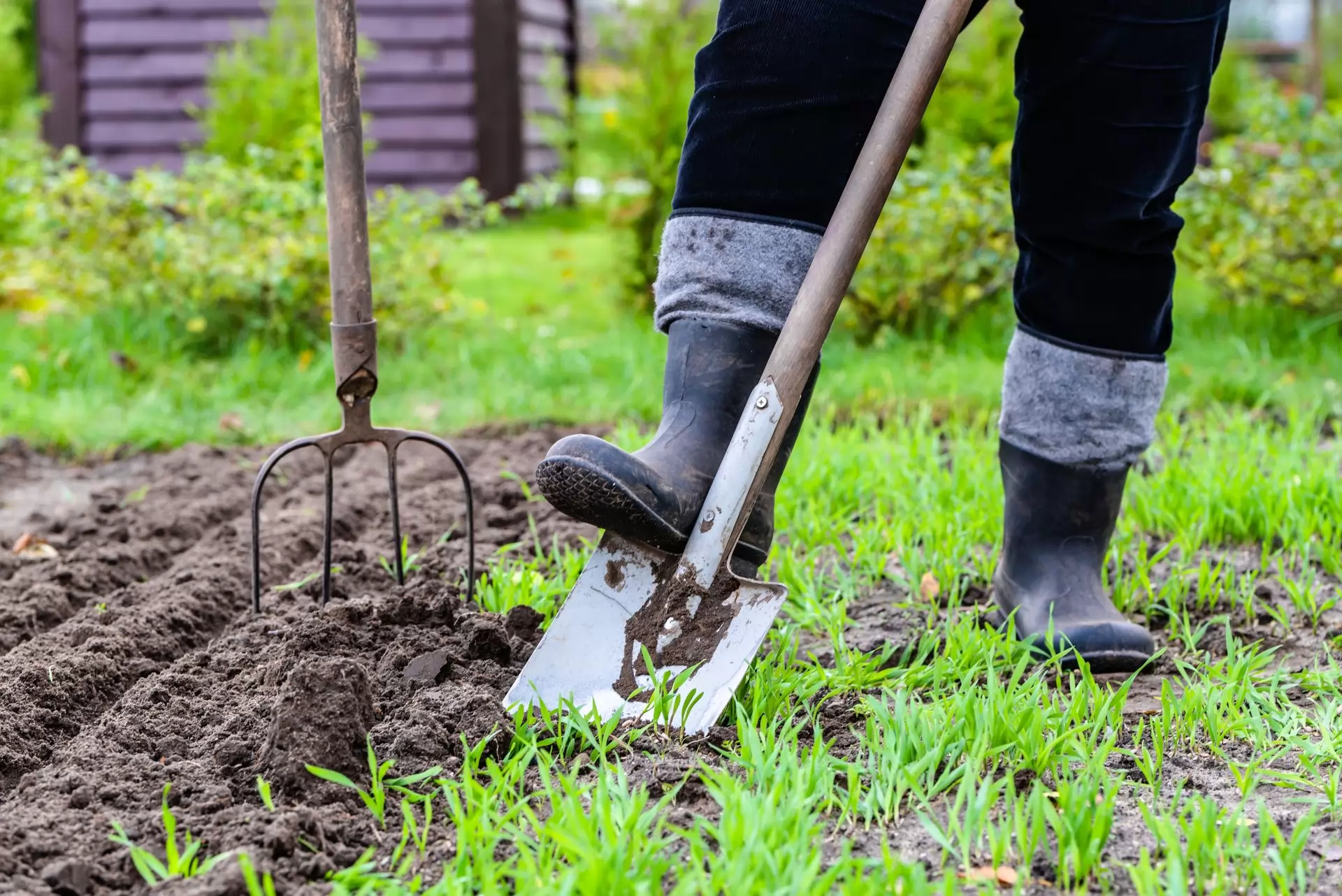
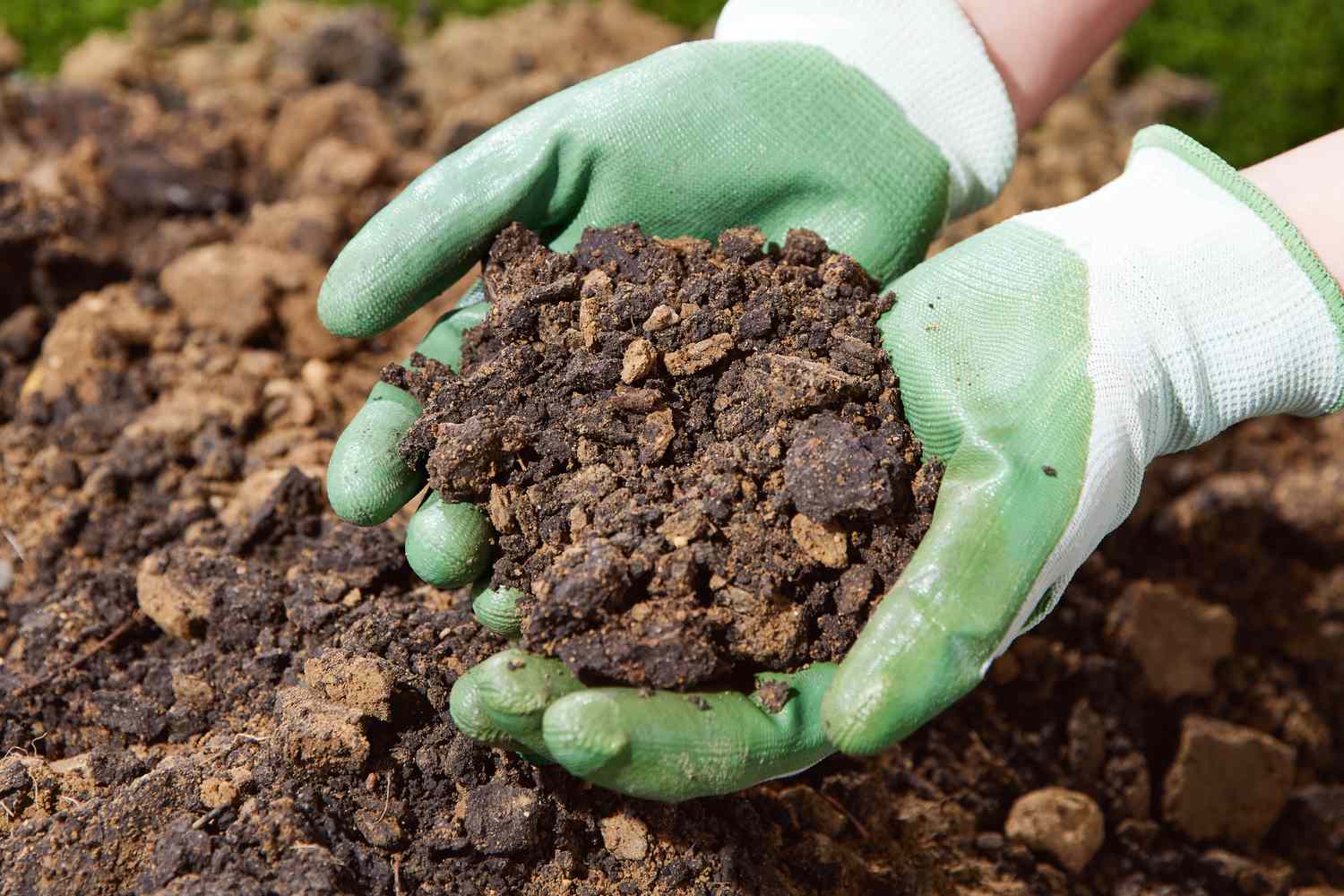
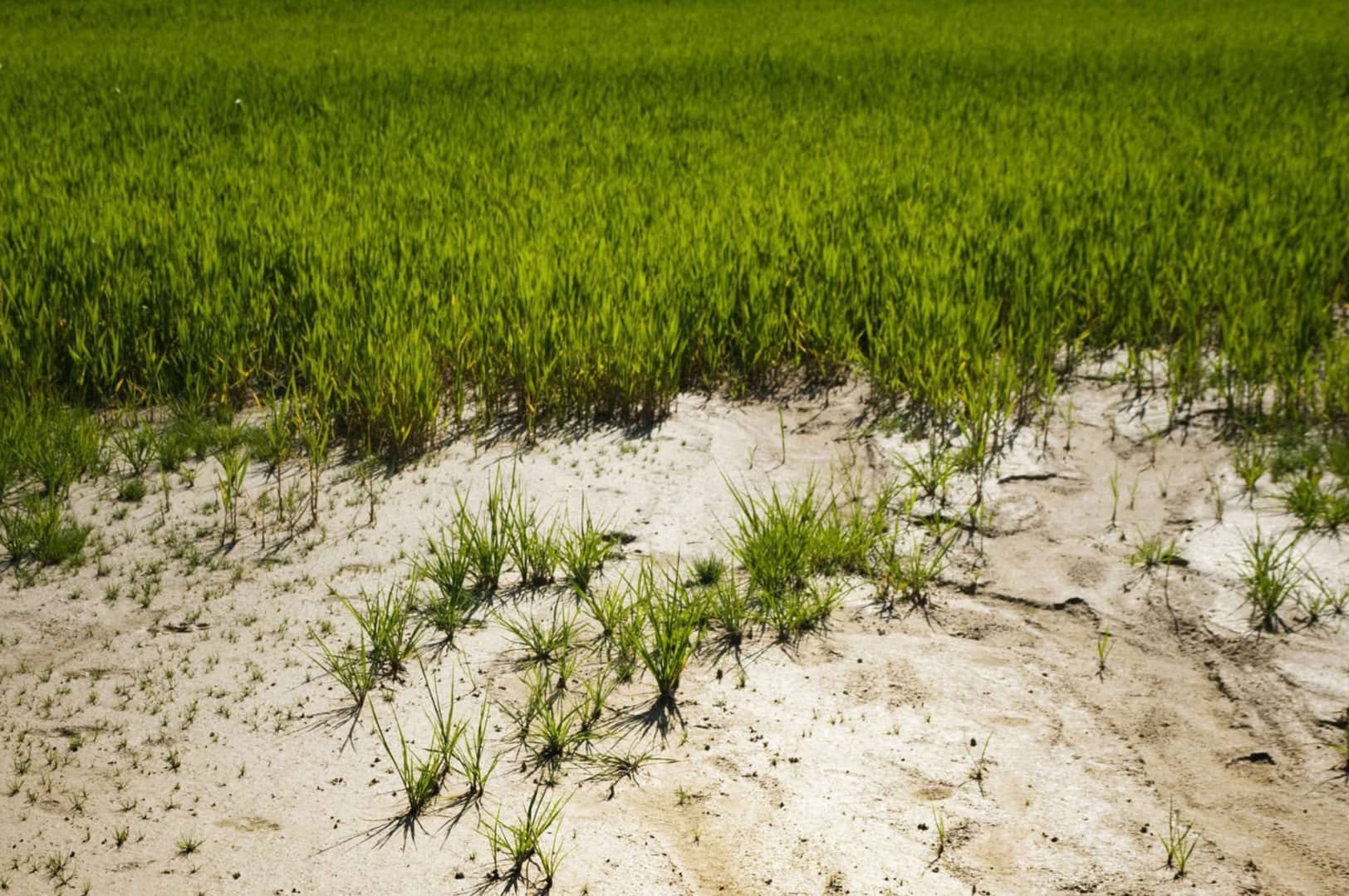
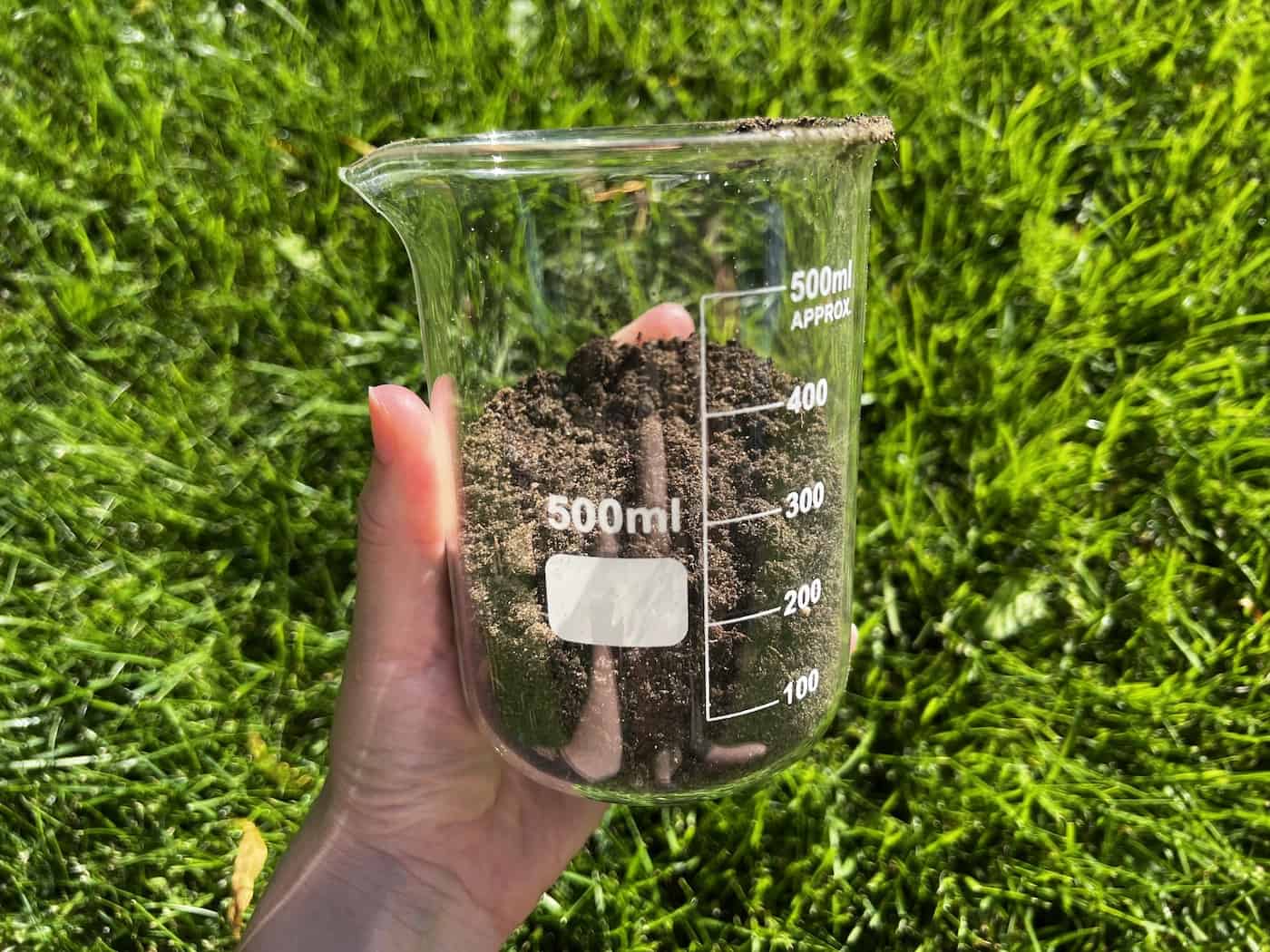
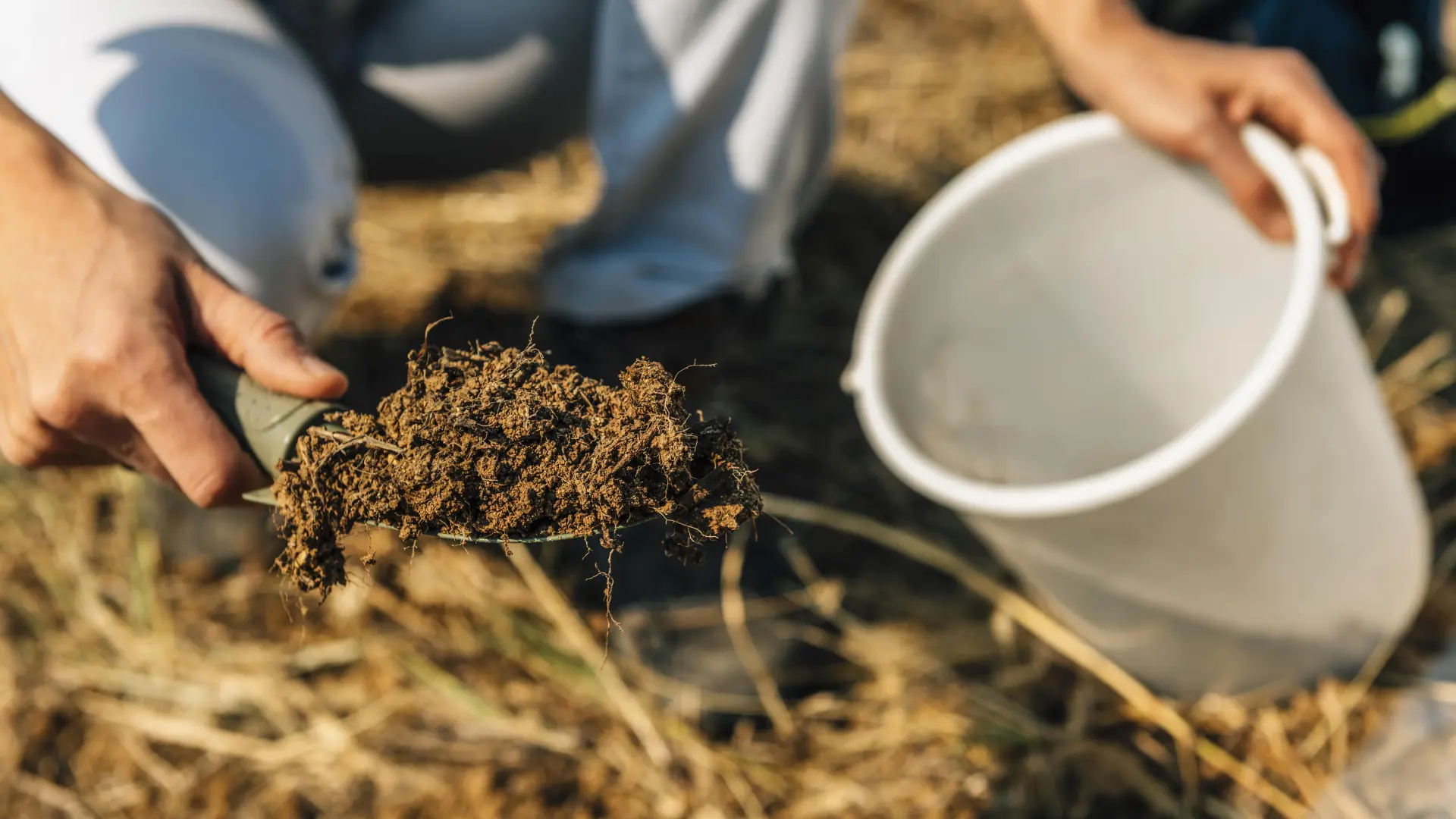
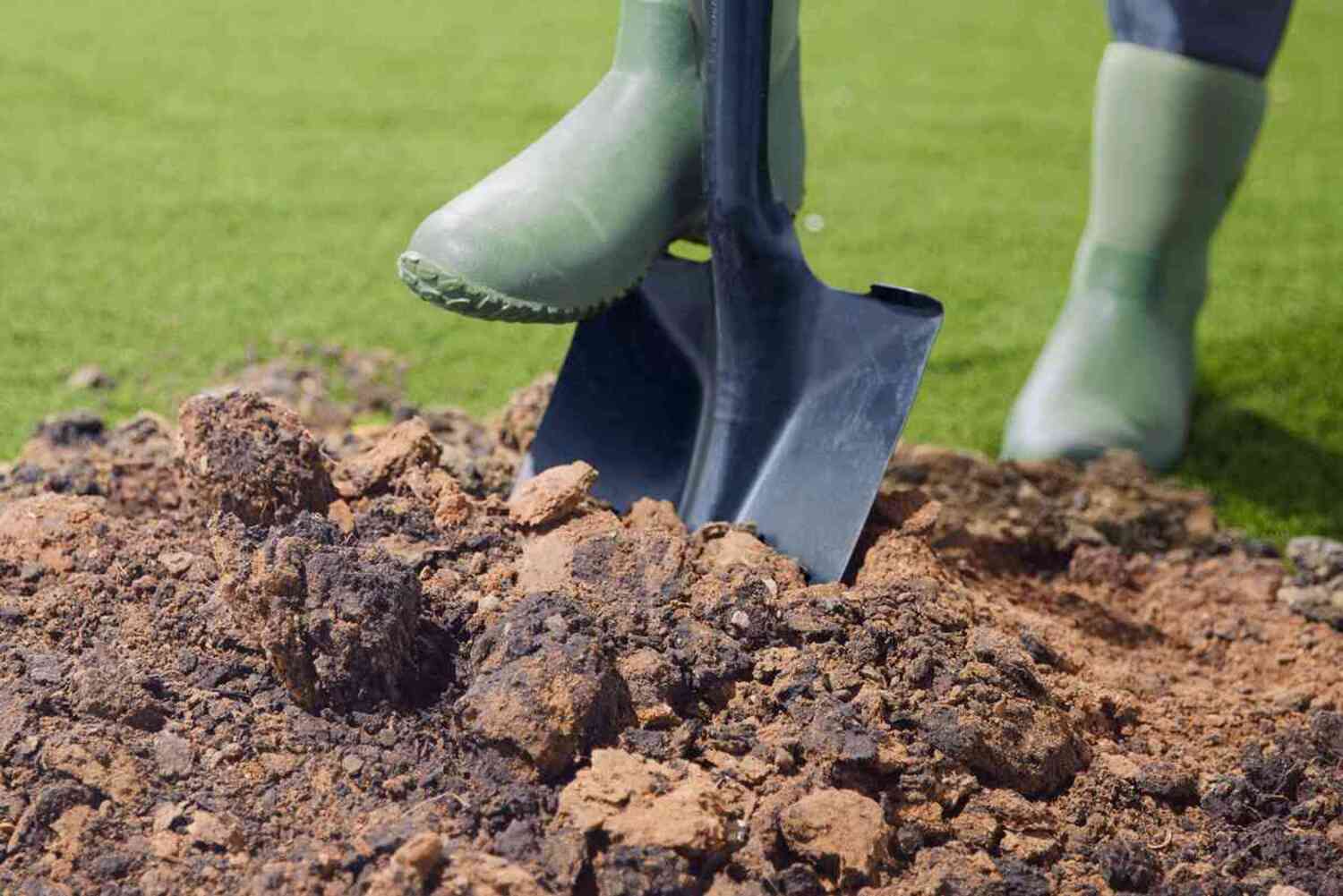

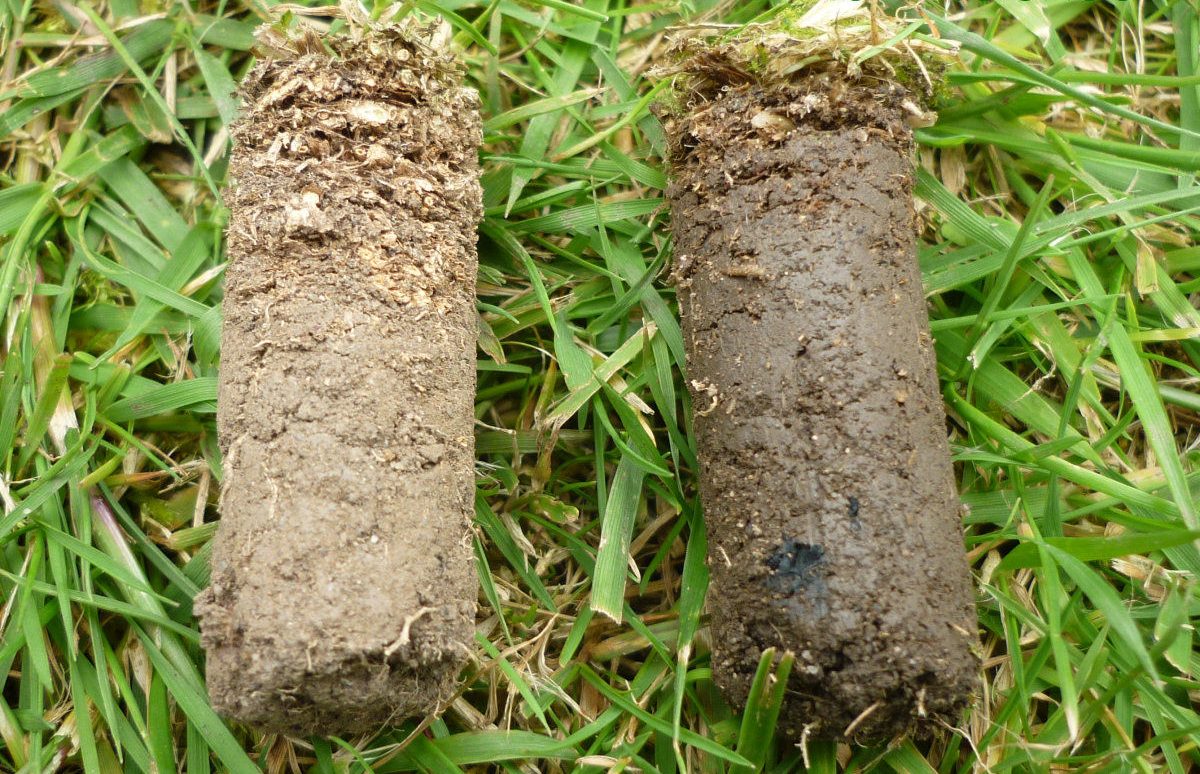
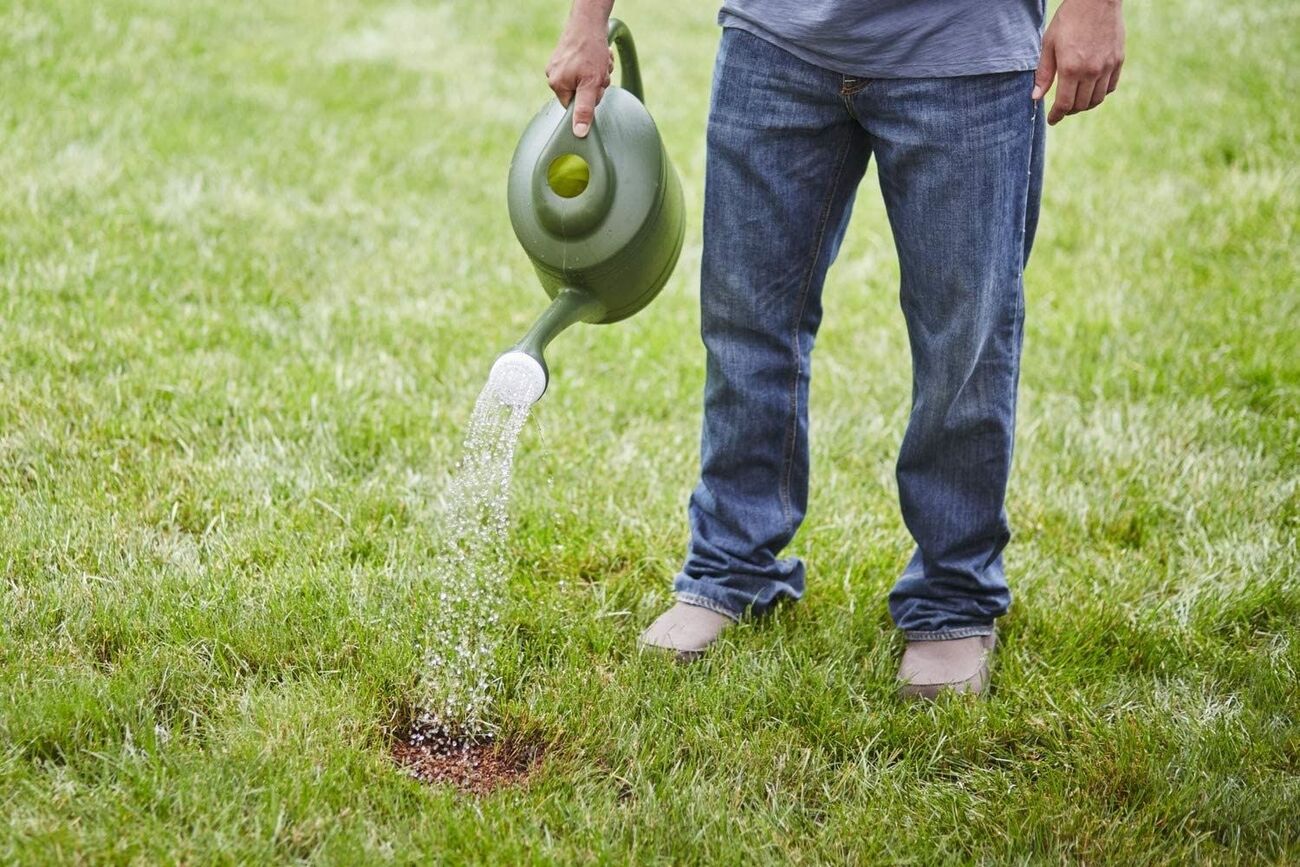
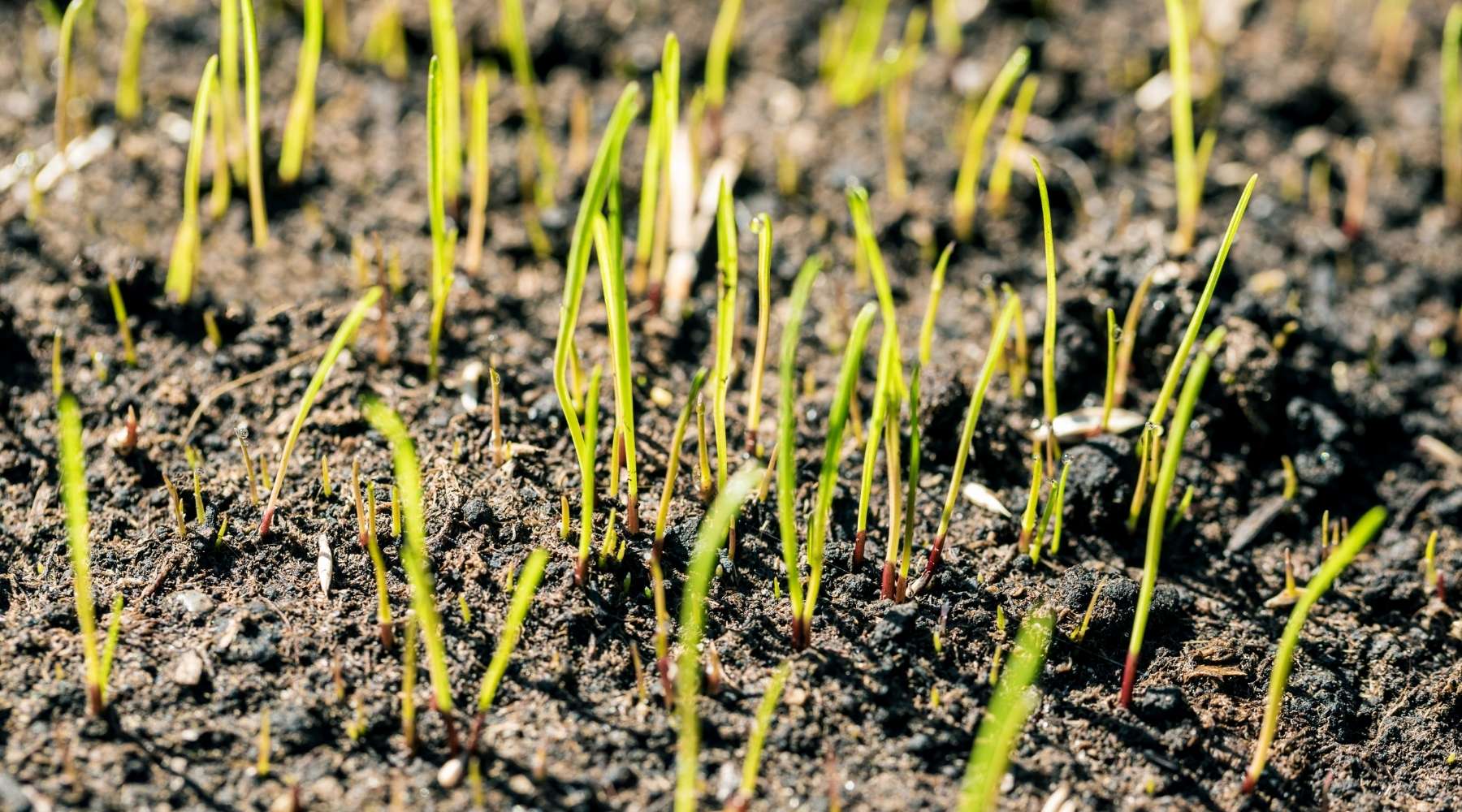
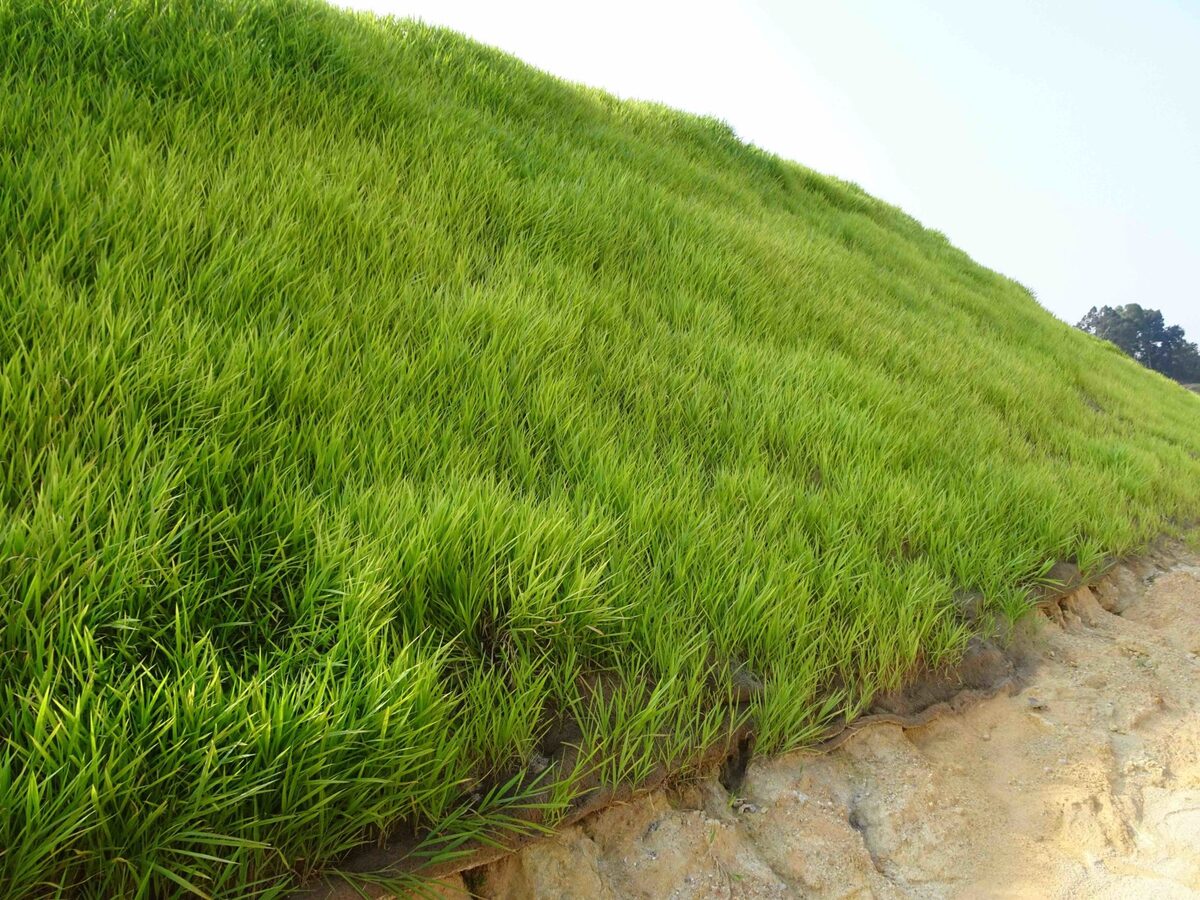
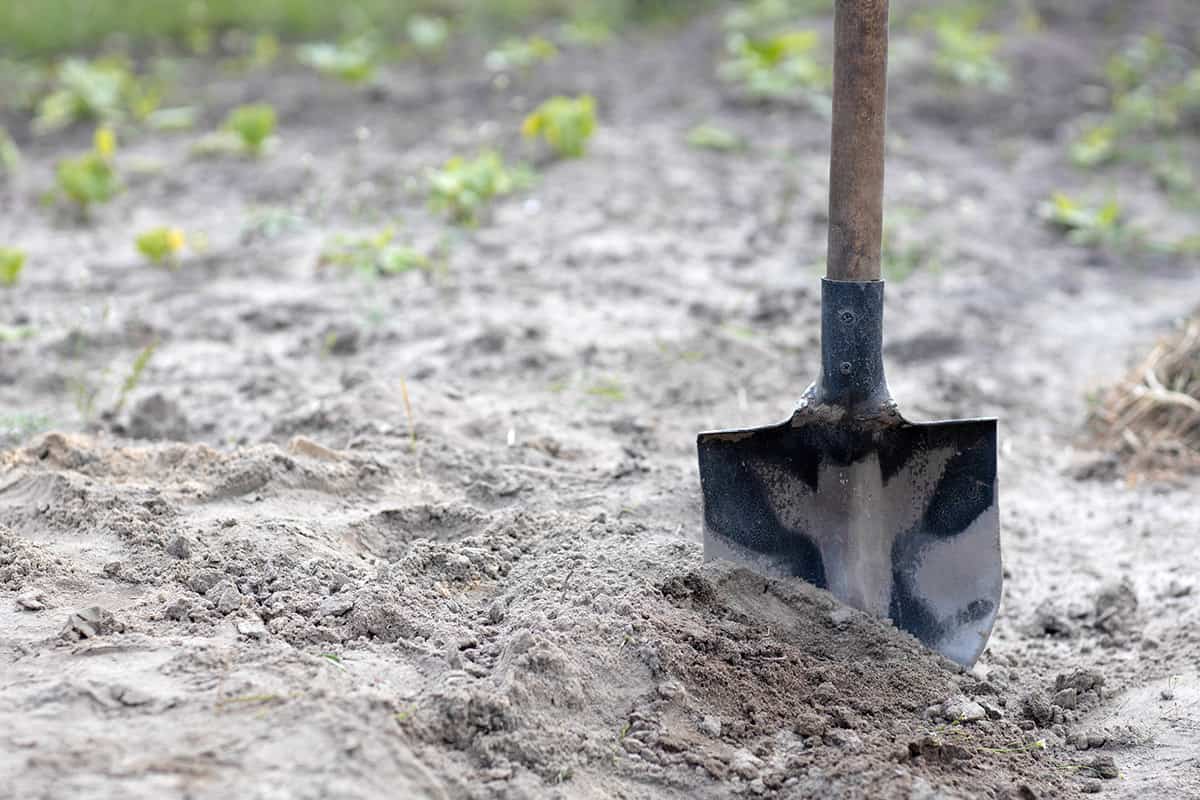
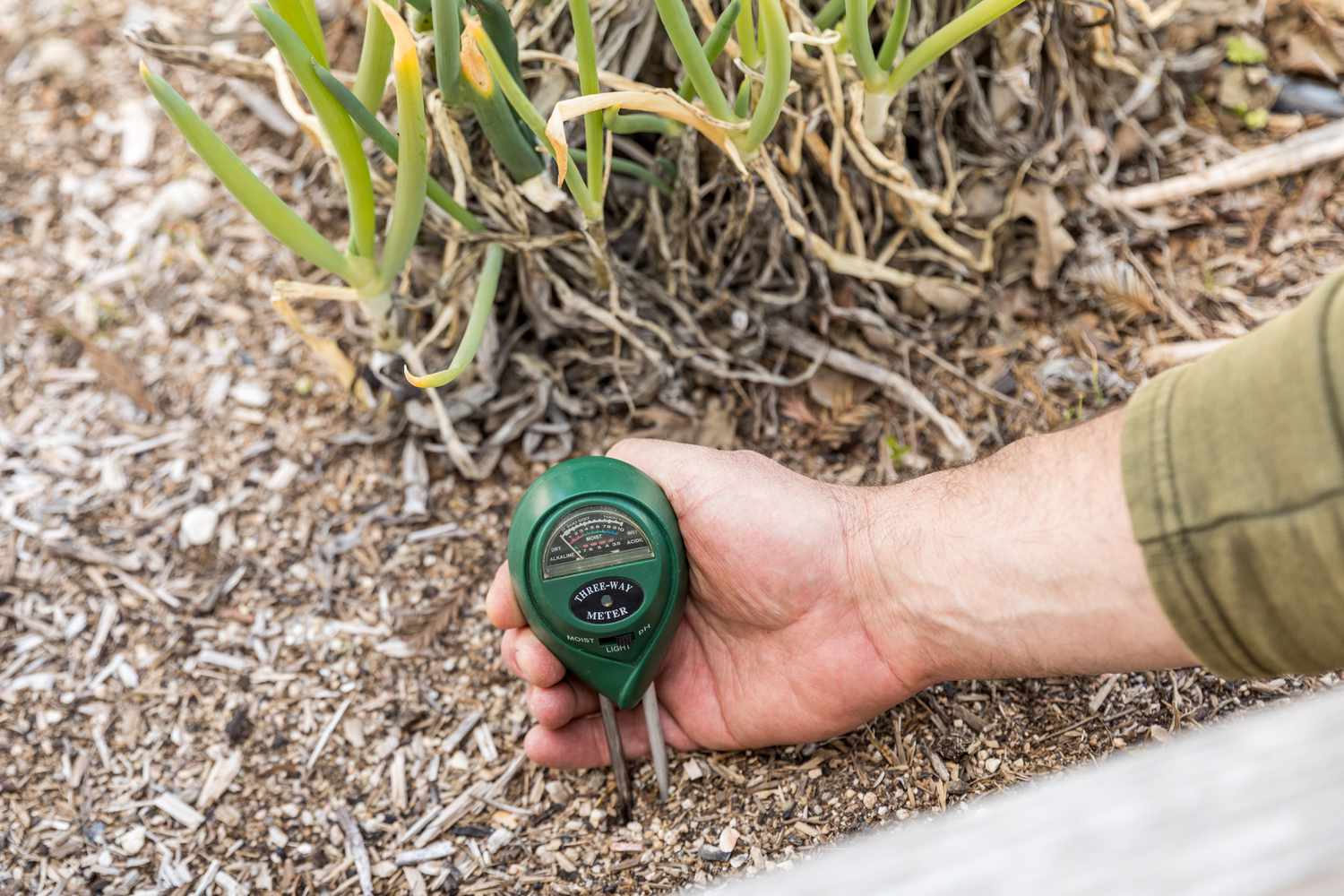
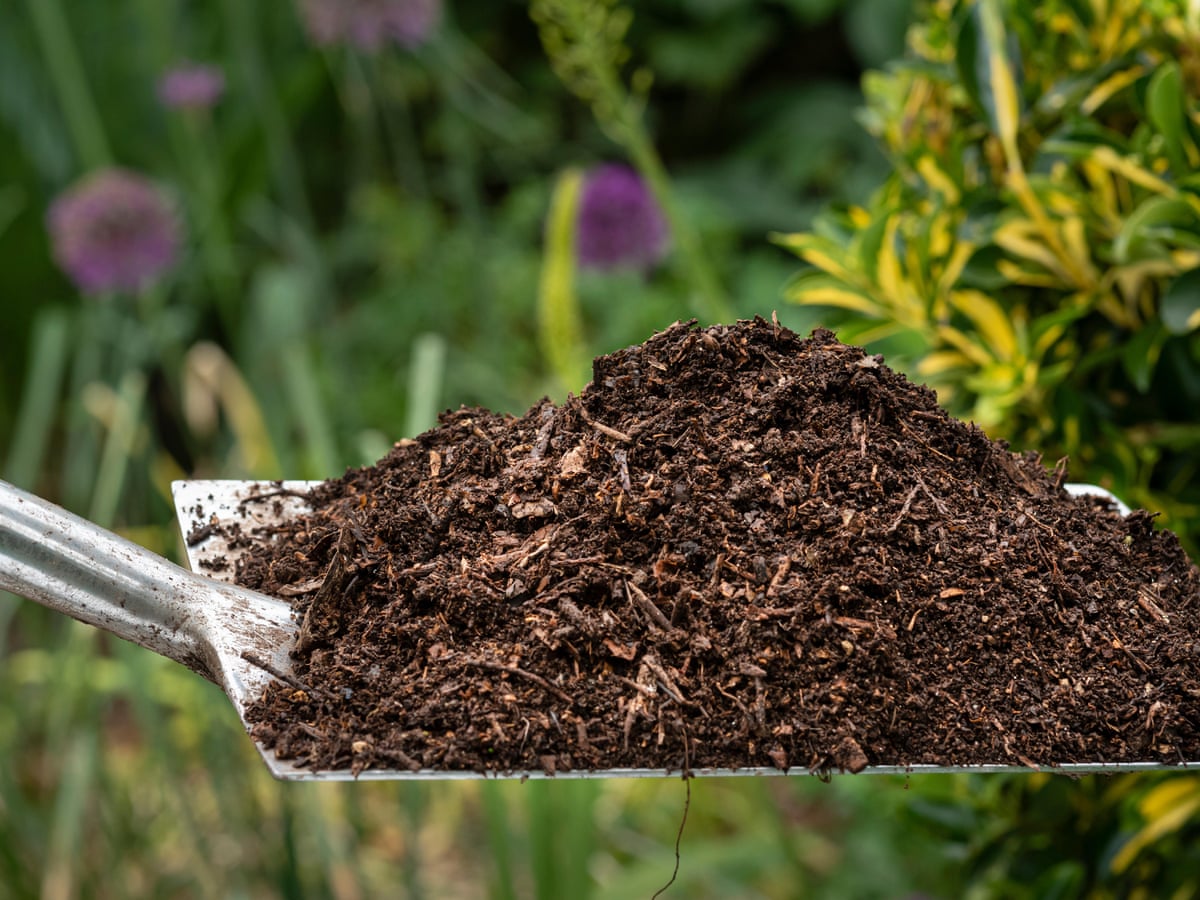

0 thoughts on “How To Prep Soil For Grass”